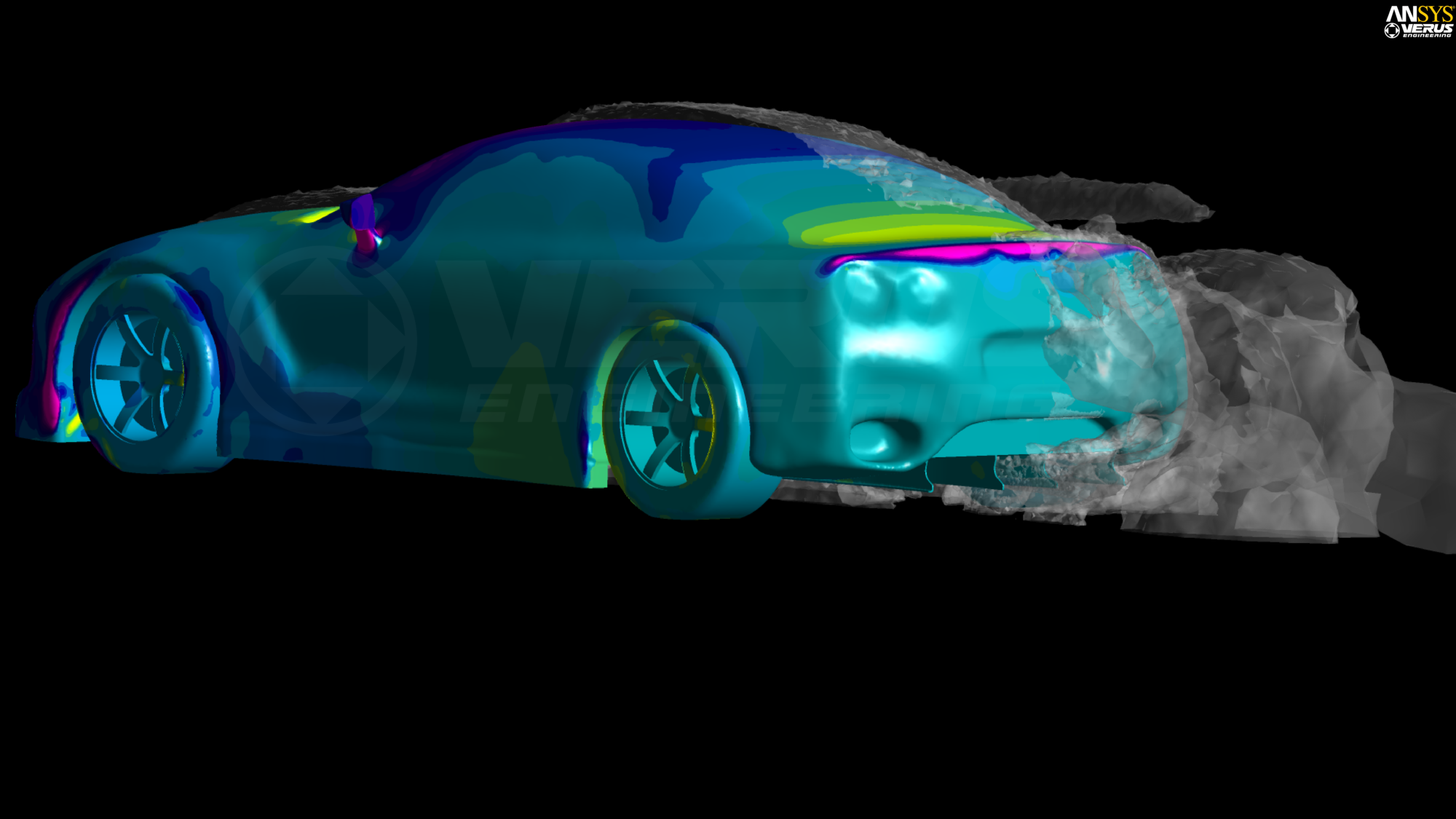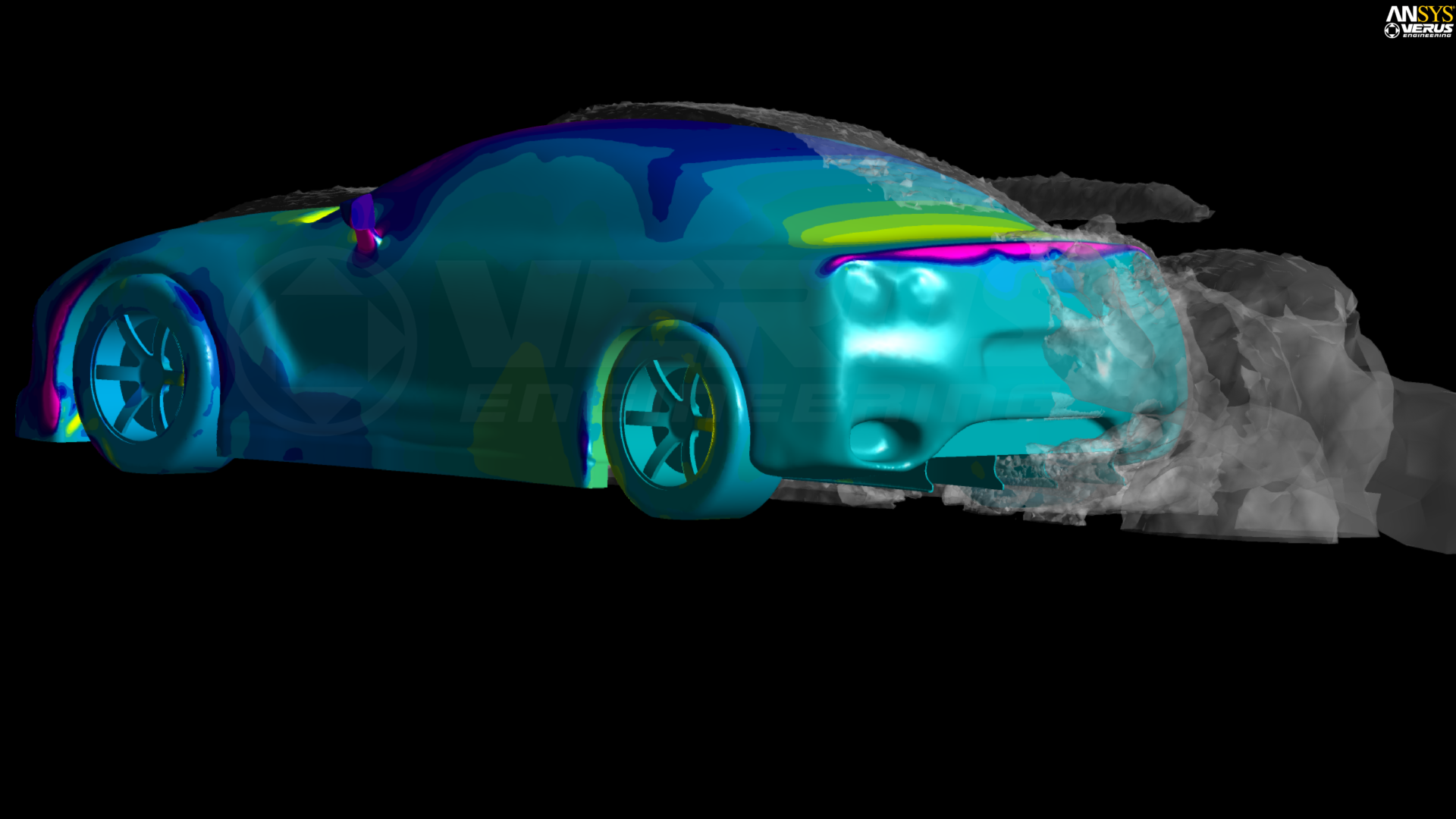
Project R35 GT-R, Really Improving the Aero with Verus Engineering
While its somewhat bulky looks are deceiving, the DBA R35 GT-R is one of the most aerodynamic cars currently in production with a Coefficient of drag of.26. This puts in in the top 10 of production sedans with low drag coefficients.
When the GT-R was facelifted in the 2012 model year from the CBA to the DBA configuration the aerodynamics were tweaked to bring a decrease in the drag coefficient from .27 to .26 while having a slight increase in the amount of downforce generated. This is amazing as nearly all production cars have some about of lift at speed. Since the aerodynamics of the stock GT-R are so good, we were really reluctant to mess them up with some misguided aero kit parts.
Here is where Verus Engineering comes in. They have come up with a few unobtrusive and almost invisible parts that not only lowers the GT-R’s drag coefficient to a mind-bending .25 but also increase downforce by 13% at 100 mph.

The car was designed from scratch by Nissan to have good underbody aero and thus almost has a flat bottom from the factory. This helps the stock rear diffuser actually be pretty effective, however it can still be improved upon.
Since the rear diffuser helps the car develop downforce by changing the bodies overall shape from one very roughly resembling an airplane wing to one that has more of an inverted wing shape, the way the air flows through the diffuser is critical. The Verus engineering parts optimize this.

The shapes create vorticities that strongly attach the flow of the diffuser to the roof and clean up the flow field behind the car.

The Verus part covers this area with this carbon belly pan which has CFD optimized venting to help keep the exhaust system cool enough while greatly reducing drag.

Verus Engineering supplies a drilling template to create the mounting holes for the strakes in the stock diffuser. Although the drilling is simple, care needs to be taken when drilling the holes as the factory carbon diffuser is super expansive, it sells for almost $3000!



